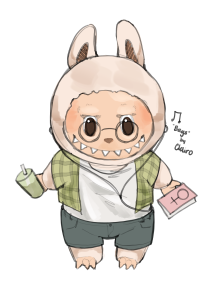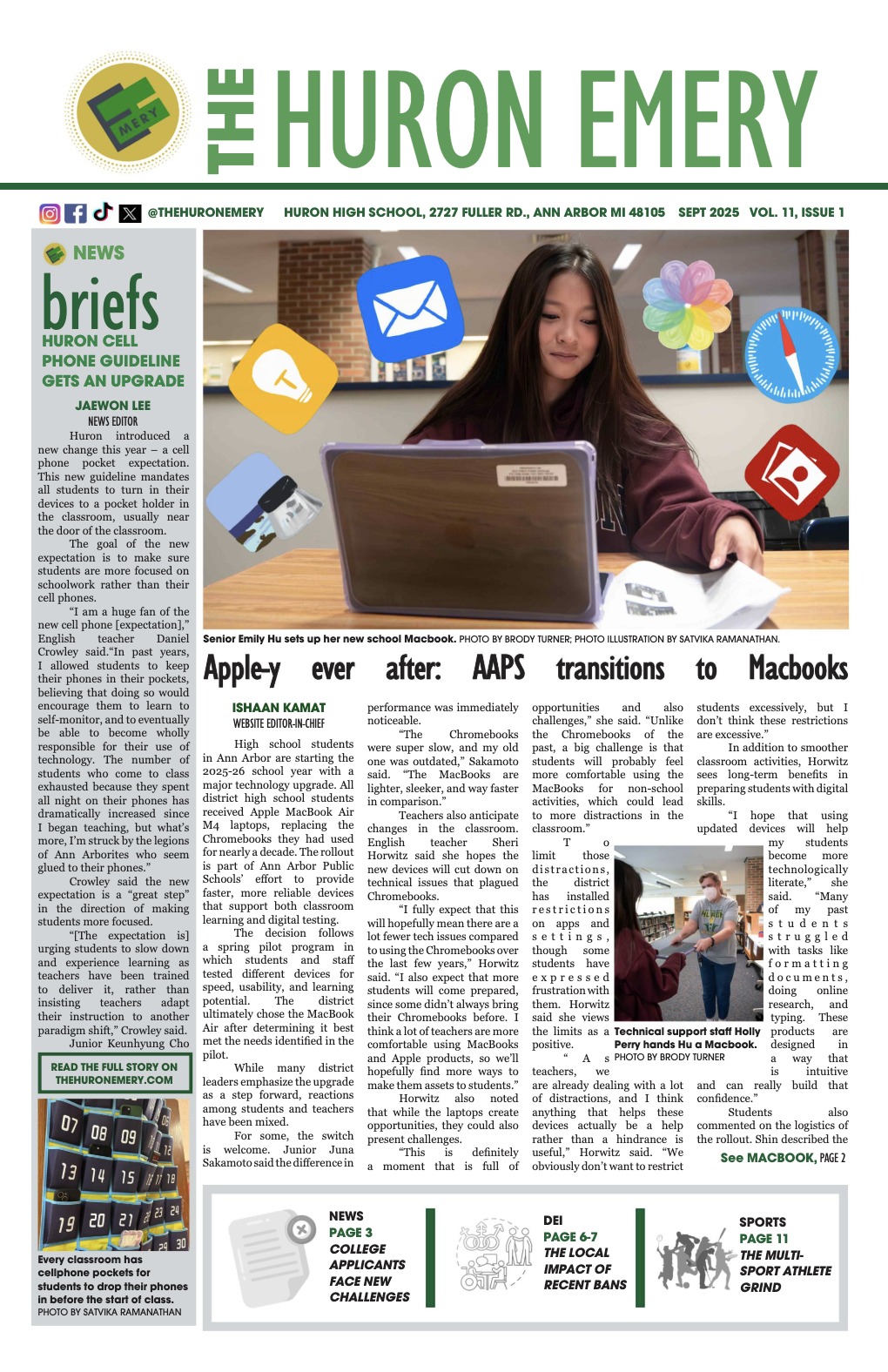Rebellion, revolution, racism?: Riot Grrl, the feminist movement that punked us all

“Riot Grrrl Convention” by RockCreek is licensed under CC-BY-2.0
A riot grrrl zine via 1992
December 17, 2022
Being a woman in the music industry means having to fit into the mold of what people want you to be. But what if you don’t want to be that?
Enter Riot Grrl.
Riot grrl was a direct response to the male dominated punk movement of the 80’s. It was born out of Olympia, Washington in 1989, and died in 1997. It praised female rebellion and anger through music. These women were not only musicians, they were also activists and publishers. They held regular meetings that allowed women to talk about music as well as their experiences with sexism and all that came with it. As well as this, they published mini magazines called zines which allowed for their movement to spread without the help of mainstream media.
But who was it for? Mimi Thi Nguyen is an American author and an Associate Professor at the University of Illinois. In her essay Riot Grrrl, Race, and Revival, she talks about Riot Grrrl and its relation to race. She says “For instance, women of color wondered out loud for whom writing “SLUT” across their stomachs operated as reclamations of sexual agency against feminine passivity, where racisms had already inscribed such terms onto some bodies…”
Throughout history white women have been portrayed as angelic and divine. They are supposed to remain pure to be worthy of society’s validation. They are supposed to be protected by their male counterparts. It made sense for them to want to reclaim their sexuality as an act of confrontation. But what about women who had already been stereotyped as “sluts” because of the color of their skin or their economic status? What’s the point of “confronting society” if it’s affirming its preconceived notions of you?
Riot Grrrl, as well as the majority of Third Wave feminism, was made to primarily serve white women and often disregarded the differences in womanhood that they had with women of color in the name of “sisterhood”. It failed to recognize that when you aren’t white, your ethnicity often trumps your gender and is the source of the vast majority of the discrimination you face. It had the ability to be just as discriminatory as the punk movement that they were trying to go against.
This isn’t to say that Riot Grrrl wasn’t good in any right though. In Sara Marcus’ book titled Grrrls to the Front: The True Story of the Riot Grrrl Revolution, she talks about how Riot Grrrl was an outlet for teenage girls to talk about the inequity they face without feeling absolutely insane. She said “…..{Riot Grrrls} were the coolest girls I’d ever met, they were cool in a way that drew me closer instead of shutting me out. They were courageous, profane, and powerful.”
All anyone wants in this world is to be seen and understood, and Riot Grrrl was that outlet for many people at the time, but it could have been that for more if they had put intersectionality into play. Although Riot Grrrl isn’t revived in its full form yet, its practices and beliefs are being put into play when it comes to feminism, music, and art, while shedding its bigoted identity as well. For example, fems all over the world are embracing their sexuality and creating their own definition of femininity, the rough edge of old riot grrrl bands are coming back with bands such as Skinny Girl Diet, Daddy Issues, and Big Joanie, and the zine-making community is active and thriving.
It’s back, baby! And better than ever!!!











Sandy Rao • Jan 9, 2023 at 8:28 pm
I love this piece. It is powerful and highlights the impact and access to expression that music has. Thank you. ❤️